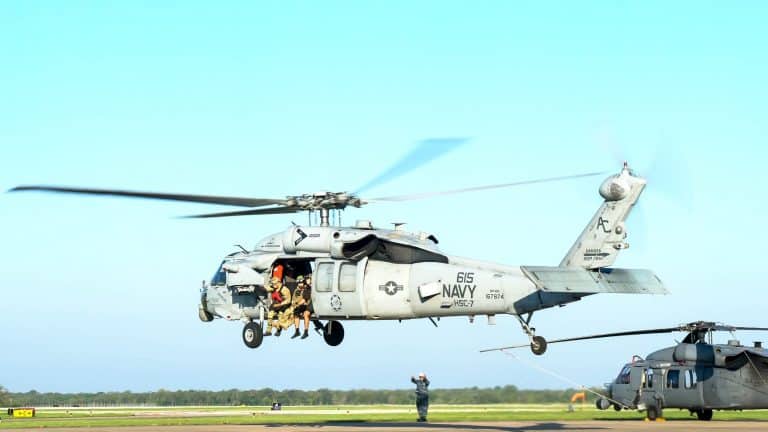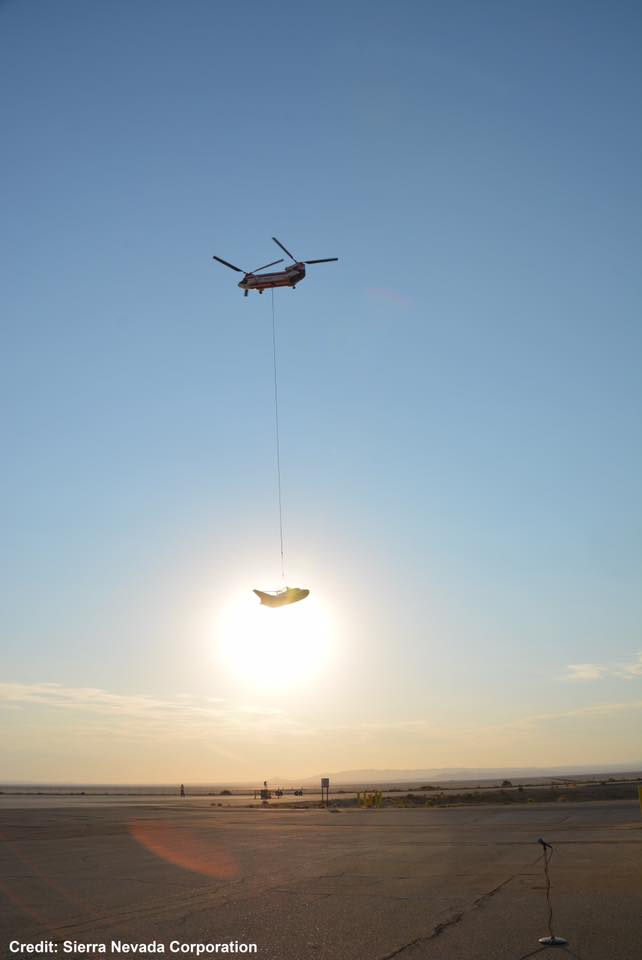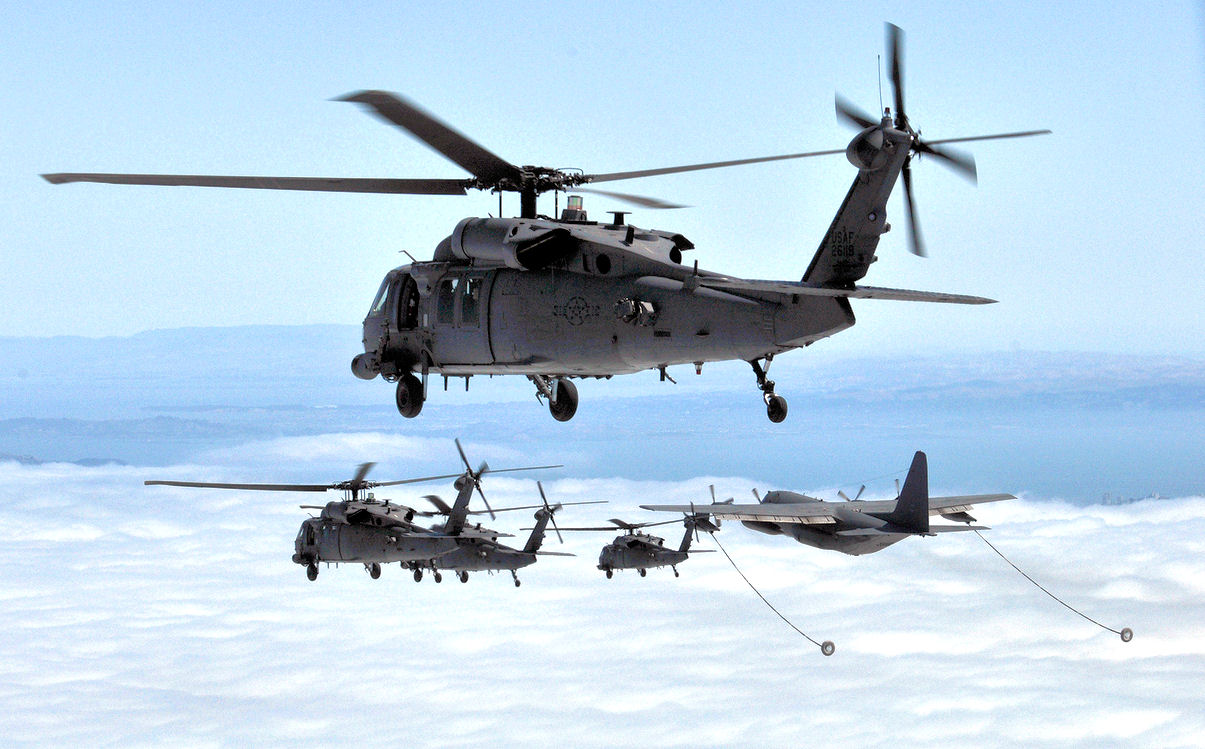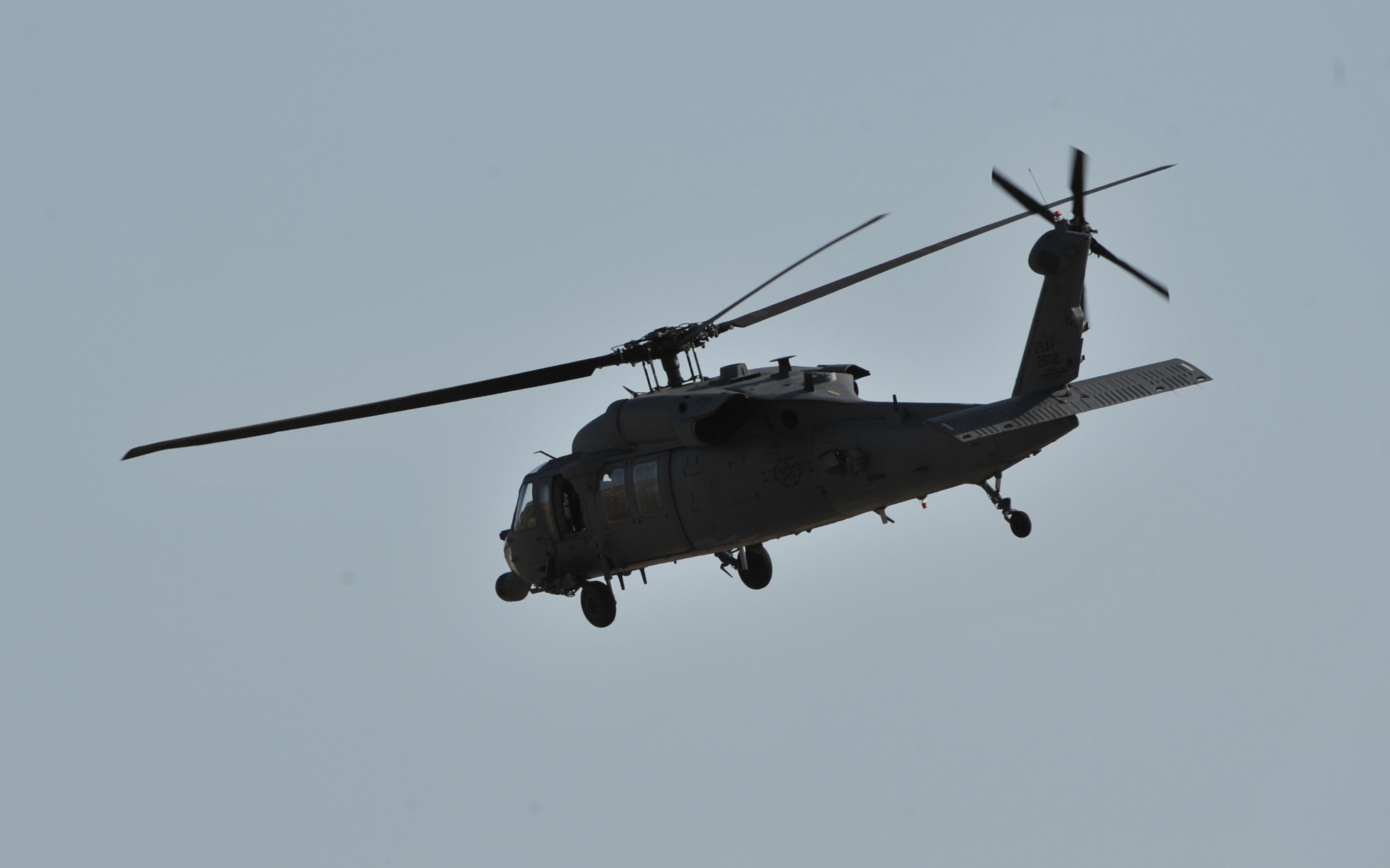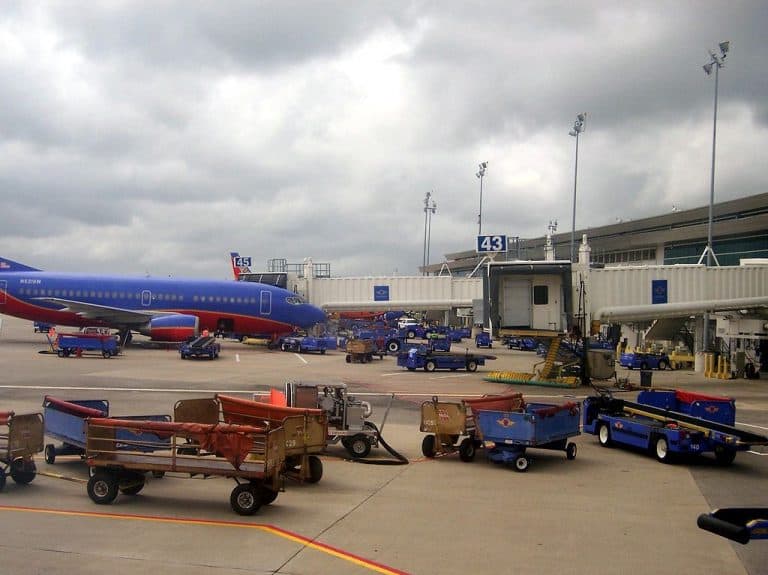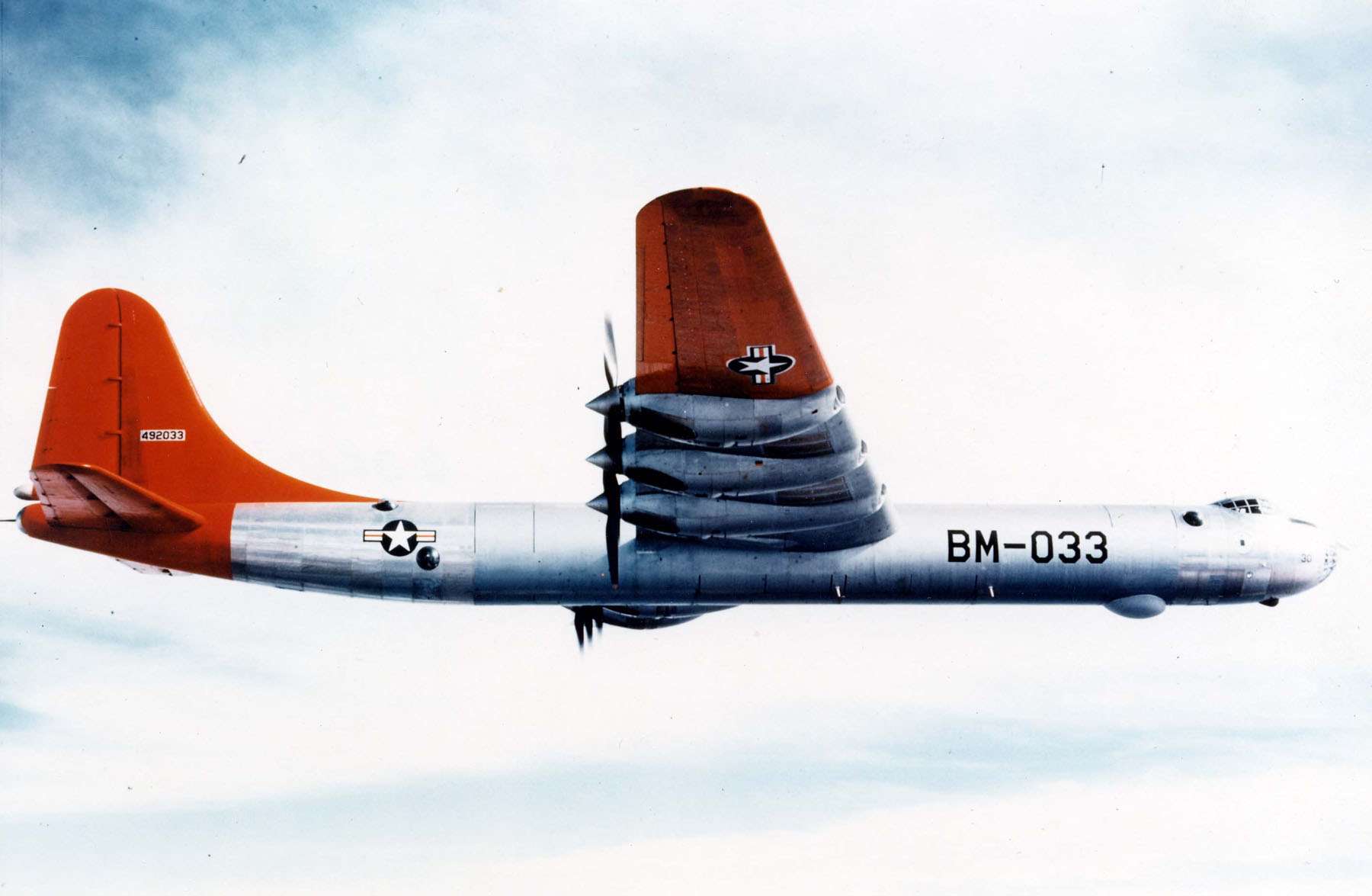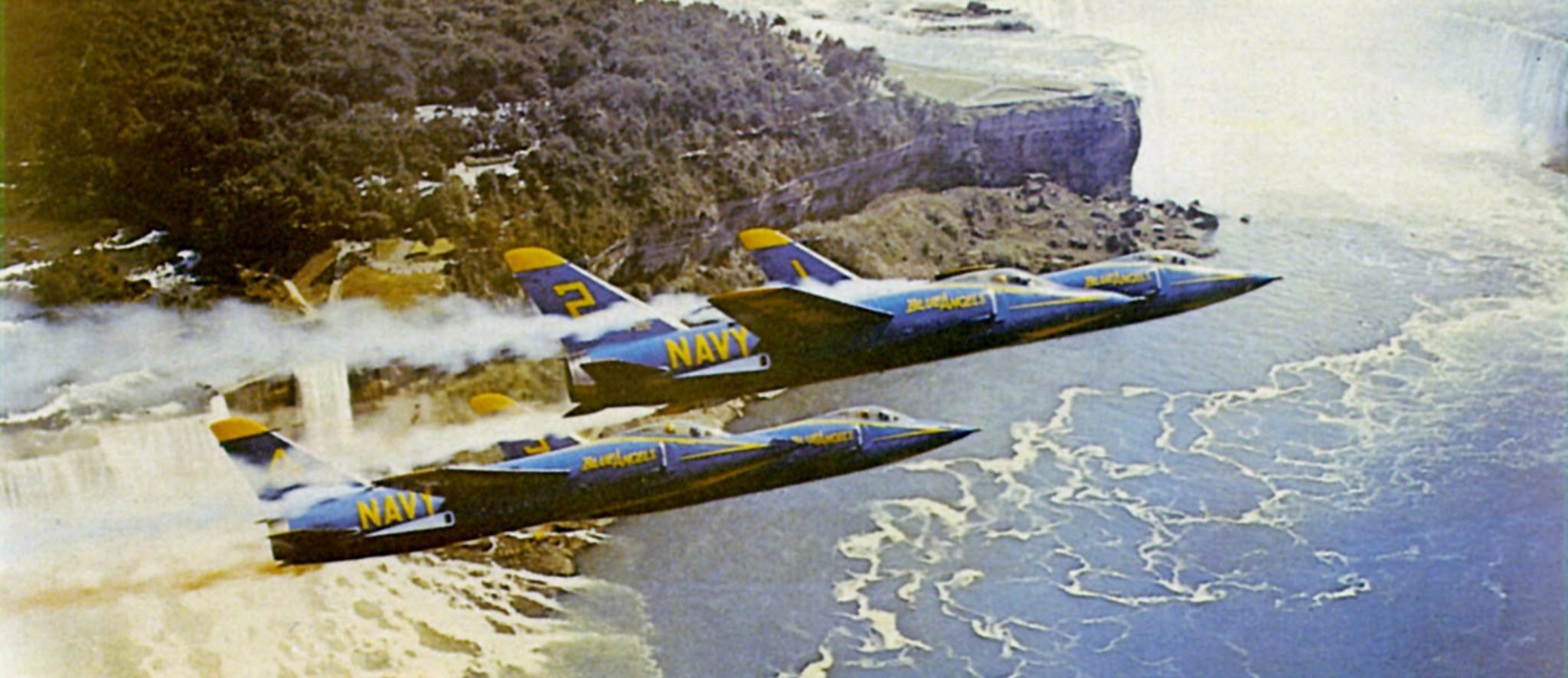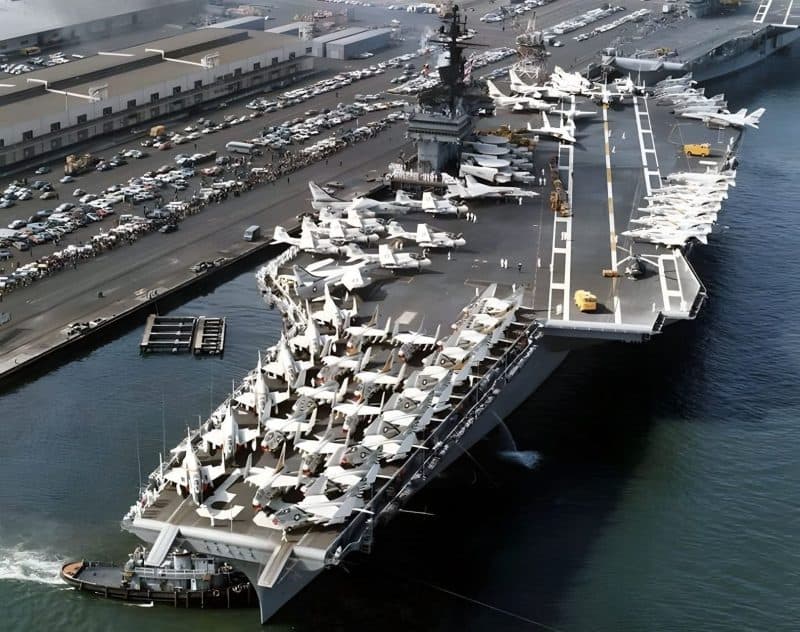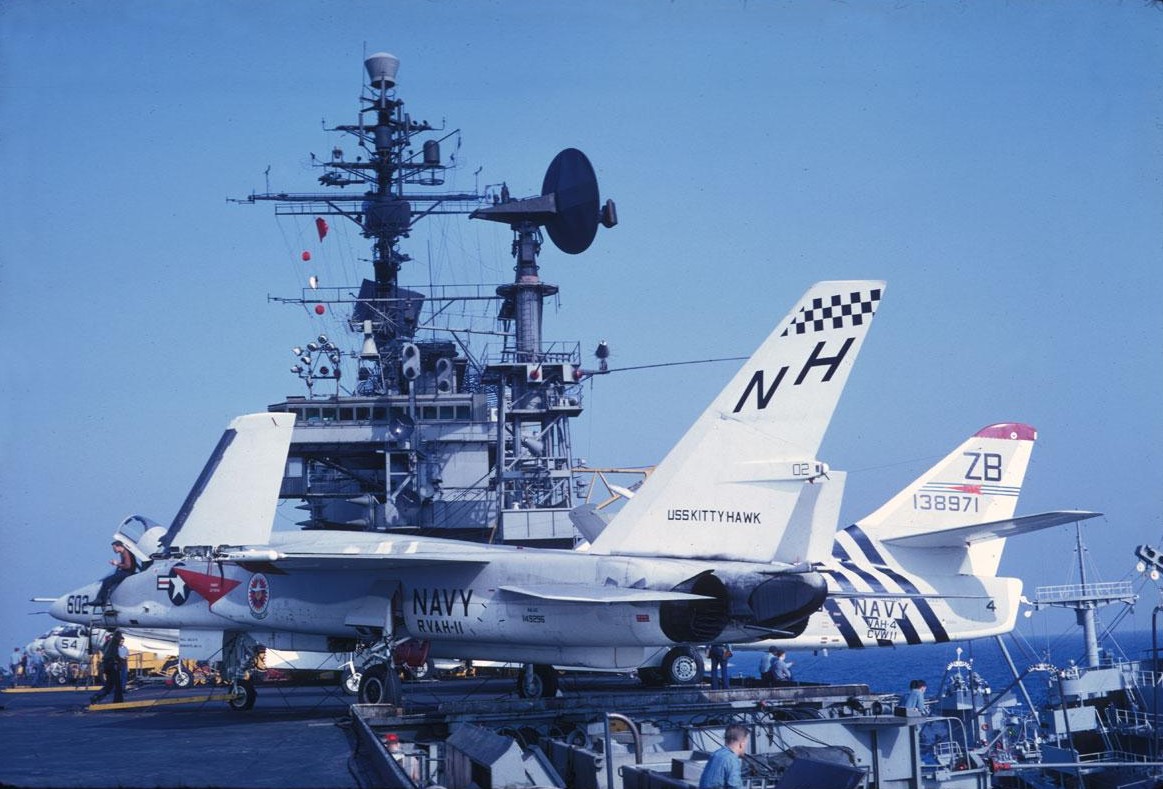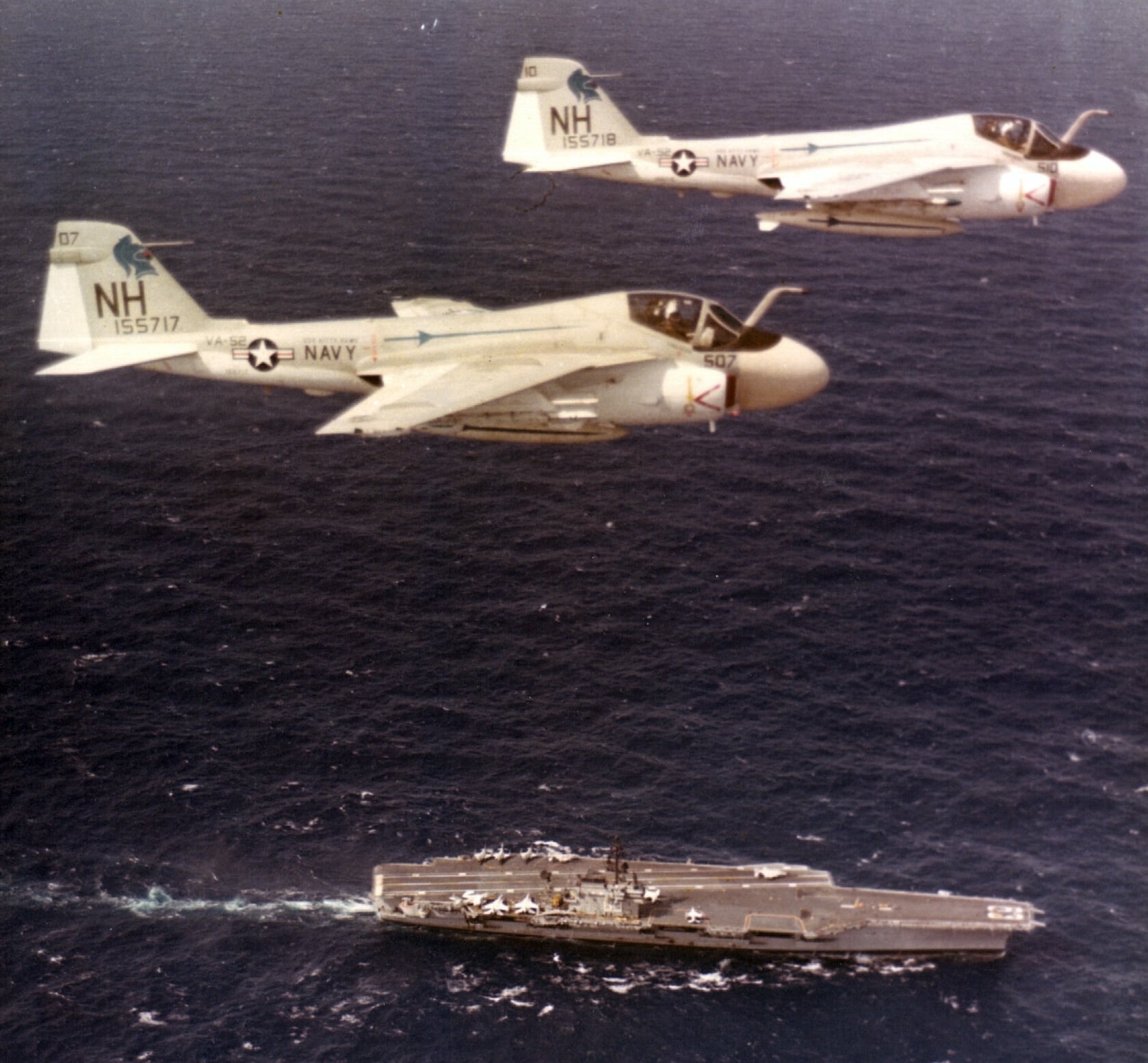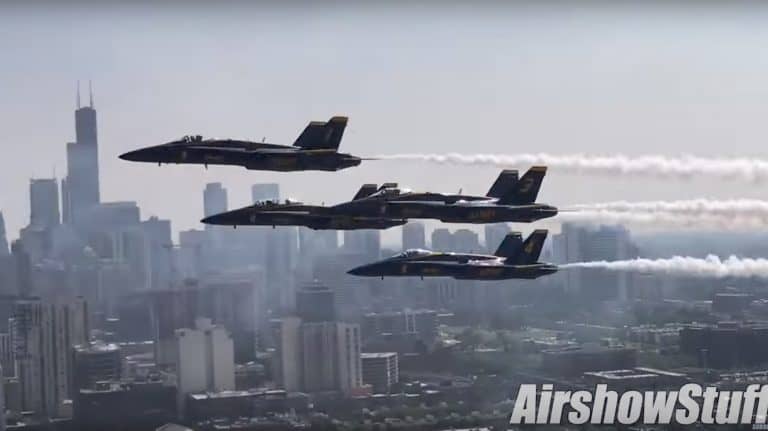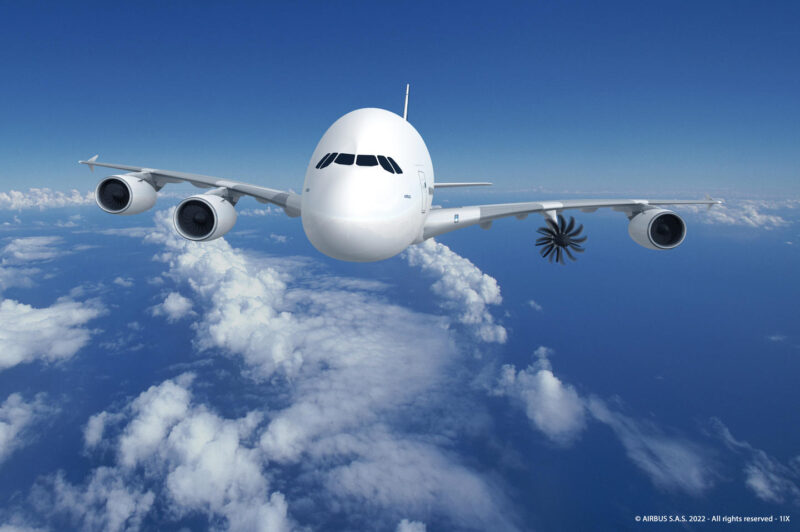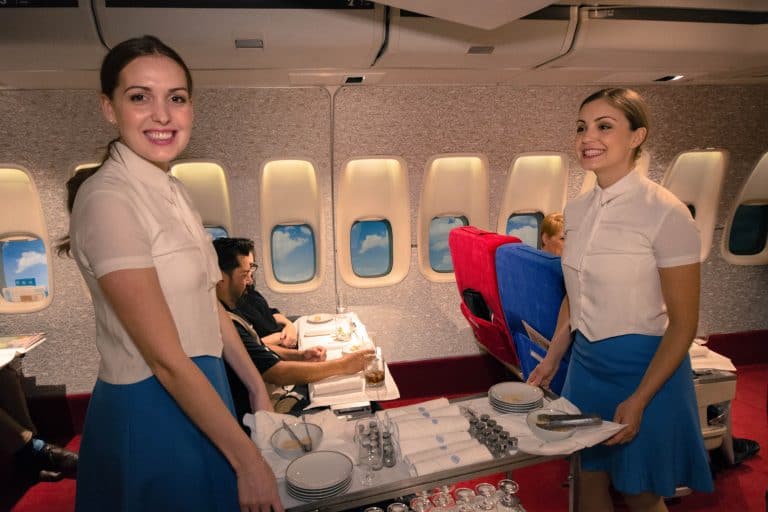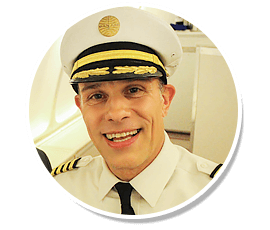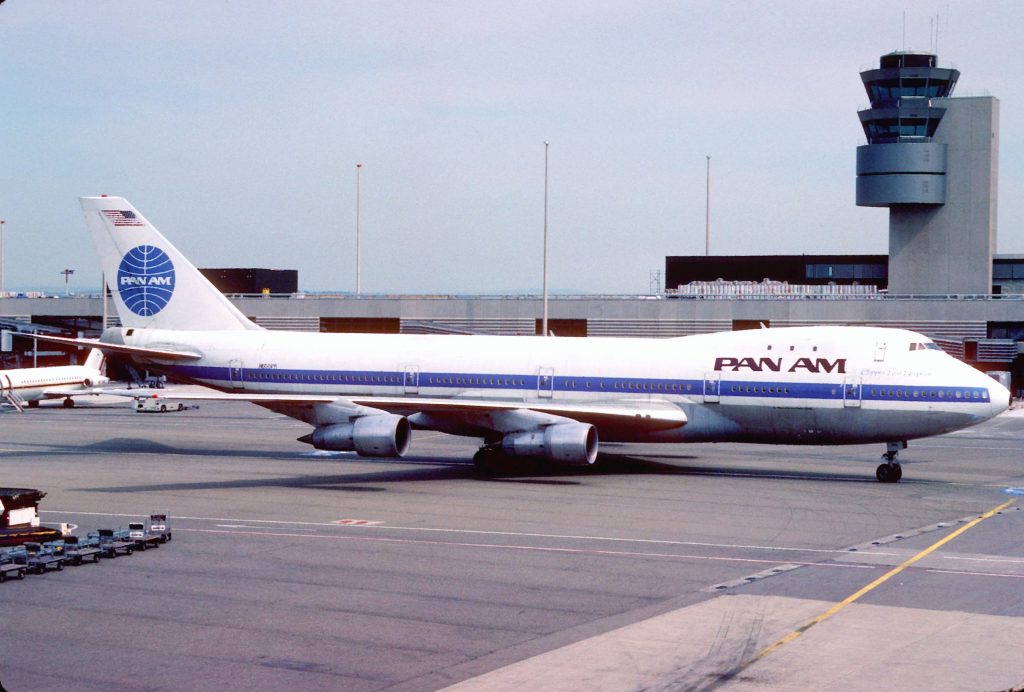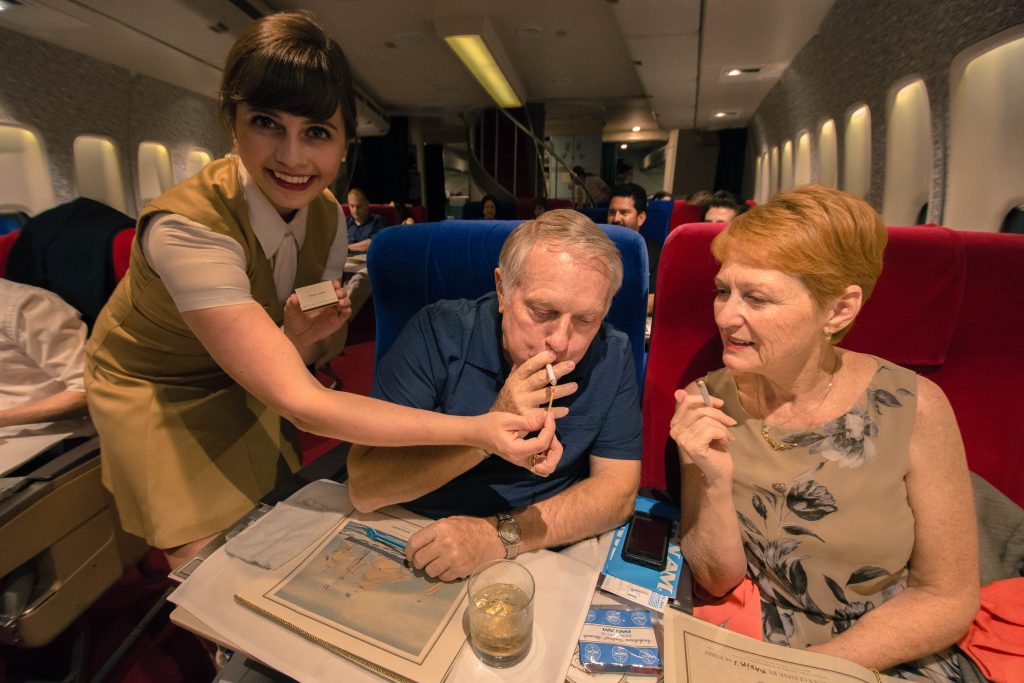Commercial air traffic into and out of the fourth most populous city in America has come to a standstill as Texas residents suffer the aftermath of Hurricane Harvey, one of the worst natural disasters in Texas history. The FAA is speculating that George Bush Intercontinental Airport is set to resume at least partial operations by Thursday afternoon. However airport officials are warning that this plan is tentative and dependent upon many factors, not the least of which is the ability of would-be airline passengers to travel to the airport. Many roads leading to and surrounding IAH remain flooded or closed, including 59 and Will Clayton at the airport exit. The William P. Hobby Airport is not faring any better and has announced via Twitter that operations there should resume by Wednesday but airport officials have still not made a firm commitment.
Commercial flight cancellations are wreaking havoc on the US. airline industry as a whole. Southwest Airlines has been forced to cancel over 330 flights thus far, with more cancellations being added daily. That represents 8% of Southwest’s worldwide flights Monday, according to tracking website FlightAware. United Airlines’ second-largest hub is located in Houston and it has been one of the hardest hit, canceling 462 flights or 19% of its flights Monday. The projected financial losses for United could more than double the $125 million loss experienced by Delta Air Lines when it was forced to cancel over 4,000 flights out of Hartsfield Jackson International Airport after heavy storms in Atlanta in April.
United stock has already fallen 13 percent this year through Monday. Southwest is expected to lose as much as $77 million in the third quarter since it is one of the major carriers out of William P. Hobby airport, according to a report out Tuesday from Helane Becker of Cowen & Co. Spirit Airlines, a discount operator, is also preparing to take an $11 million hit.
Meantime, President Trump paid a visit to the affected areas Tuesday, landing in Corpus Cristi and then traveling to Austin. At least 13 deaths are attributed to Hurricane Harvey so far and more than 1 million Houston residents remain homeless. Scores of families left destitute are piled into the George R. Brown convention center, as temporary housing facilities are bursting at the seams.
The Coast Guard has provided fixed-wing aircraft, such as the C-130, to bring life-saving supplies like bottled water and non-perishable food items to the evacuees. The Texas National Guard is fully deployed to assist with recovery. The Army Times reports that 16 National Guard helicopters have joined in the around-the-clock search and rescue missions, including 10 UH-60 Black Hawk helicopters, four UH-72 Lakotas and two CH-47 Chinooks. Guard Bureau Sgt. 1st Class Mike Houk says that the New York Air National Guard has contributed one C-130, two C-17s and three HH-60s to the effort which is bringing together rescue teams from around the country. Monday, helicopters from as far away as Utah and North Carolina will descend on the area to assist with recovery operations. Read more about the rescue here.



